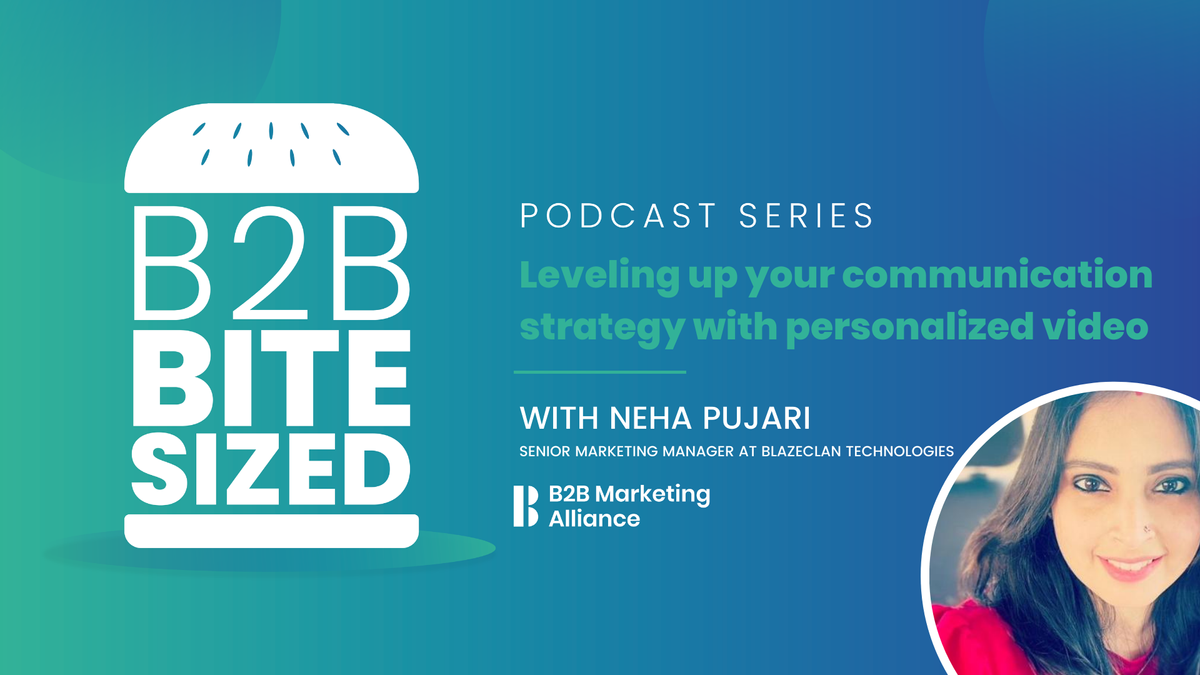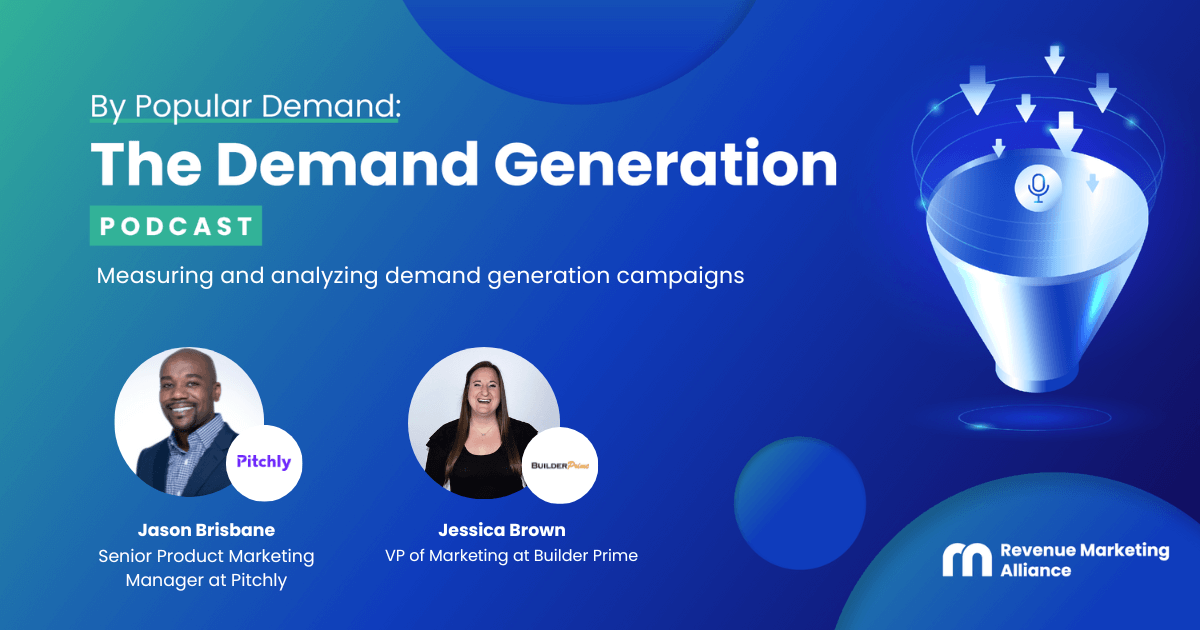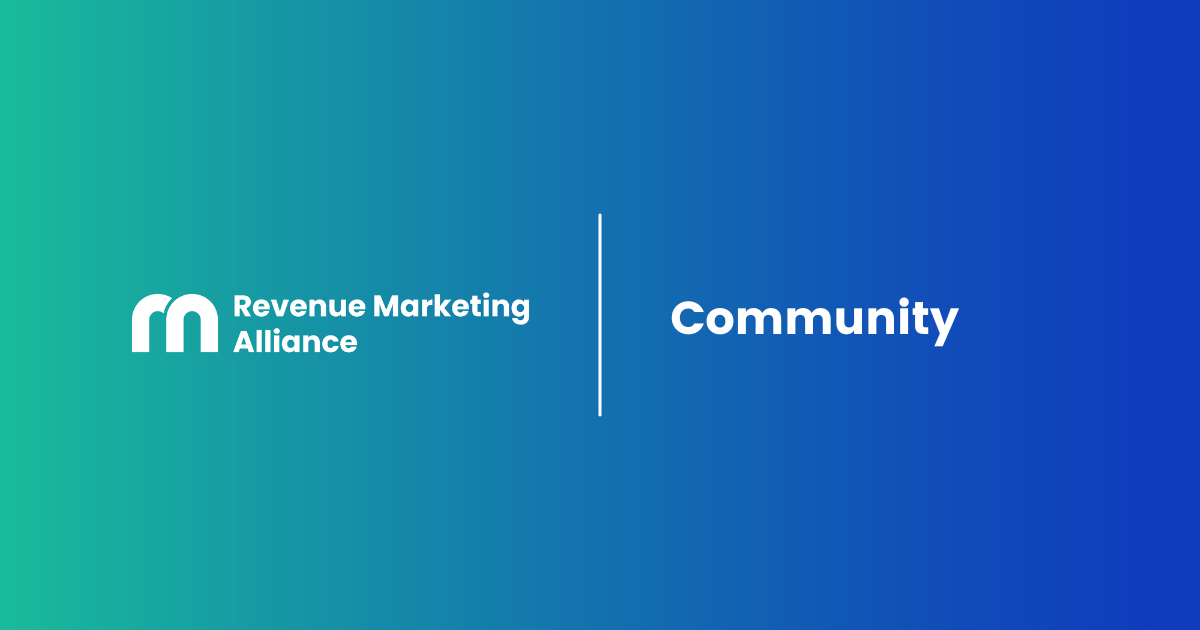When analyzing the current activities of nonprofit organizations, we find that a major focus lies in creating demand generation campaigns. The main purpose is to attract supporters, increase engagement, and drive donations.
Although demand generation is crucial, it should align with the nonprofit’s mission and vision, not just the immediate need for funds.
Understanding the purpose of a nonprofit campaign
The purpose of any nonprofit organization is to fulfill its mission, whether it’s providing education, healthcare, environmental protection, or other services. While raising funds is essential, the ultimate goal is to create a significant impact in the community or cause they serve.
Demand generation in the nonprofit sector is more about understanding the audience, creating impactful messages, and engaging potential supporters effectively. This approach ensures long-term sustainability and support, rather than just a temporary spike in donations.

The difference between demand generation strategy and campaign
Creating a demand generation strategy is more complex than crafting a campaign. The strategy provides a roadmap for how the nonprofit wants to position itself, targeting specific segments of the audience who are likely to support its cause. This strategy should align with the overall mission and values of the organization.
On the other hand, a demand generation campaign involves the execution of this strategy. It covers elements such as identifying target demographics, crafting compelling messages, selecting the right communication channels, and measuring the impact.
A well-executed campaign will lead to increased engagement and support over time.
Challenges for nonprofit marketers
Nonprofit marketers face several challenges. Firstly, there’s often a focus on campaign execution without a solid underlying strategy. This can lead to efforts that raise awareness but don’t necessarily drive long-term engagement or support.
Secondly, there's a misconception that demand generation is solely about fundraising. While increasing donations is a goal, demand generation should also build a community of advocates and volunteers who support the mission in various ways.
Thirdly, the application of modern marketing concepts, such as content marketing and social media, can be inconsistent. Nonprofits may rely on external agencies for content strategies without fully integrating these into their overall strategy. Similarly, creating social media channels without a clear plan can result in scattered efforts that don’t effectively engage the target audience.

Innovative demand generation strategies for nonprofits
1. Gamification
Introduce elements of gamification into your campaigns. Create challenges or competitions that encourage supporters to participate and share.
For example, a nonprofit focused on environmental conservation could create a challenge where participants log their eco-friendly actions, earning points and badges, which they can share on social media. This not only engages participants but also creates a sense of community and friendly competition.
2. Virtual reality (VR) experiences:
Utilize VR to create immersive experiences that allow potential supporters to "step into the shoes" of the beneficiaries.
For instance, a VR tour of a water project site can vividly demonstrate the impact of donations, making the cause more tangible and urgent. This innovative approach can be a powerful tool at fundraising events or online campaigns.
3. Influencer partnerships:
Partner with influencers who resonate with your cause. Influencers can help amplify your message to a broader audience, creating a ripple effect.
This is particularly effective when influencers share personal stories or experiences related to the cause. Collaborating with micro-influencers, who have a smaller but highly engaged audience, can also be very effective.
4. Interactive content:
Develop interactive content such as quizzes, surveys, and interactive infographics. This not only engages the audience but also provides valuable data on their preferences and behaviors, helping to refine future campaigns.
Interactive content can also educate your audience about the cause in an engaging and memorable way.

5. Crowdfunding campaigns
Leverage the power of crowdfunding platforms. Create specific, time-bound projects with clear goals. Highlight individual stories within the larger cause to create a personal connection.
Offering small rewards or acknowledgments can further incentivize participation. Crowdfunding also allows supporters to become advocates by sharing the campaign within their networks.
6. Storytelling through user-generated content
Encourage supporters to share their stories and experiences related to your cause. Feature these stories on your website and social media channels.
This not only builds community but also provides authentic content that resonates with others. User-generated content is perceived as more trustworthy and can significantly enhance credibility.
7. Data-driven personalization
Use data analytics to create personalized experiences for your supporters. Tailor communications and appeals based on their past interactions and preferences.
Personalized emails and messages can significantly increase engagement and response rates. Implementing CRM systems can help track interactions and segment your audience effectively.

8. Mobile-first approach:
Ensure that all your campaigns are optimized for mobile devices. With the increasing use of smartphones, a mobile-first approach ensures that your message reaches supporters wherever they are, making it easy for them to engage and donate. Mobile-friendly websites and donation platforms are essential for a seamless user experience.
Practical steps for creating a compelling demand generation campaign
1. Define clear objectives
Start by defining clear, measurable objectives for your campaign. These could include increasing the number of donors, raising a specific amount of funds, or boosting volunteer sign-ups. Having clear goals will guide your strategy and help measure success.
2. Understand your audience
Conduct thorough research to understand your audience’s motivations, preferences, and behaviors. This involves segmenting the audience and tailoring messages to resonate with each group. Use surveys, interviews, and analytics to gather insights.

3. Craft compelling messages
Develop messages that speak to the heart and mind of your audience. Use storytelling techniques to highlight the impact of your work. Make sure your messages are clear, concise, and aligned with your mission.
4. Choose the right channels
Select communication channels that are most effective for reaching your audience. This could include social media, email, events, or partnerships. Ensure a consistent message across all channels and tailor the content to fit each platform.
5. Engage and interact
Engage with your audience regularly through updates, stories, and interactive content. Encourage two-way communication by responding to comments and messages. Building a relationship with your supporters fosters loyalty and long-term commitment.
6. Measure and adjust
Track the performance of your campaign using relevant metrics. This could include engagement rates, donation amounts, and new supporter sign-ups. Use this data to adjust your strategy and improve future campaigns.

Example – Charity: Water
Marketing strategy / who they are: An organization focused on providing clean drinking water to people in developing countries.
Marketing strategy / USP: Transparency in where donations go, using 100% of public donations to fund water projects.
Attracting supporters: Highlighting the direct impact of donations through stories and updates on funded projects.
Marketing message: “Help bring clean and safe drinking water to people in need.”
Marketing channels: Social media, email newsletters, partnerships, and public events.
Many successful nonprofits show that strategic demand generation, rather than just tactical planning, is key to building a strong, sustainable organization.
Allocating resources to a strategic approach will yield better results than ad-hoc campaigns, ultimately driving more support and greater impact. Embracing innovative techniques and tools can further enhance the effectiveness of these efforts, ensuring that the organization not only survives but thrives in its mission.
About the author
Dr. Islam Gouda is a young professional with a passion for marketing. Dr. Gouda has an honorary doctorate from the University of California in Strategic Marketing. He also has a master's degree from Florida State University and an American University of Sharjah graduate in Marketing and Management.
Dr. Gouda has marketing-focused business experience with a strong analytical ability to use available market data for strategic marketing, business development, and product development purposes along with the identification of new business opportunities and measurement of ROI.
Dr. Gouda's specialties include leadership and communications skills with the ability to adapt to a wide variety of cultures and to manage and work as part of cross-functional teams.
If you haven't already, join our Slack community to connect with like-minded revenue marketers from across the globe, learn and grow alongside your peers, ask questions, find job opportunities, and more.




 Follow us on LinkedIn
Follow us on LinkedIn



